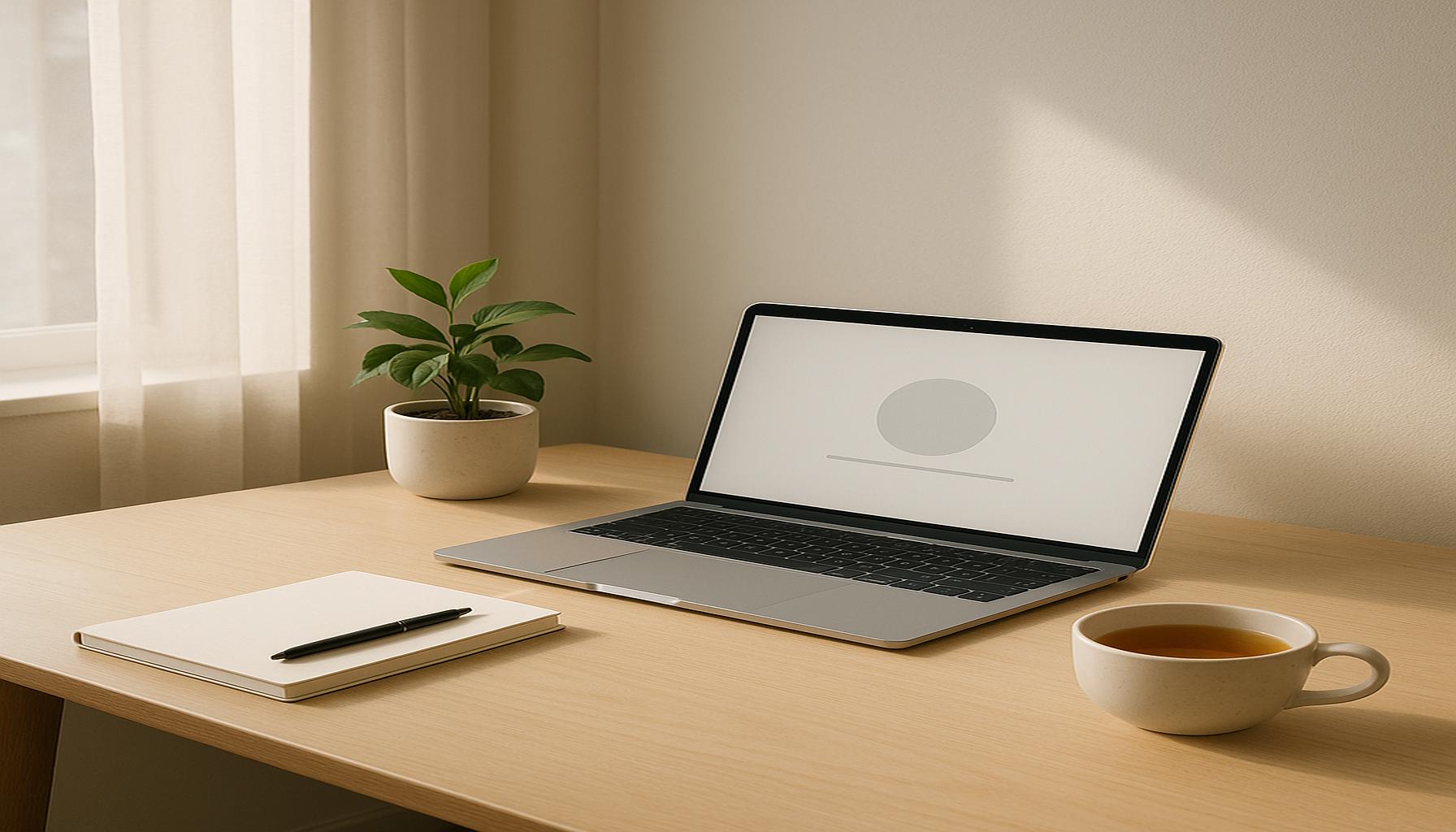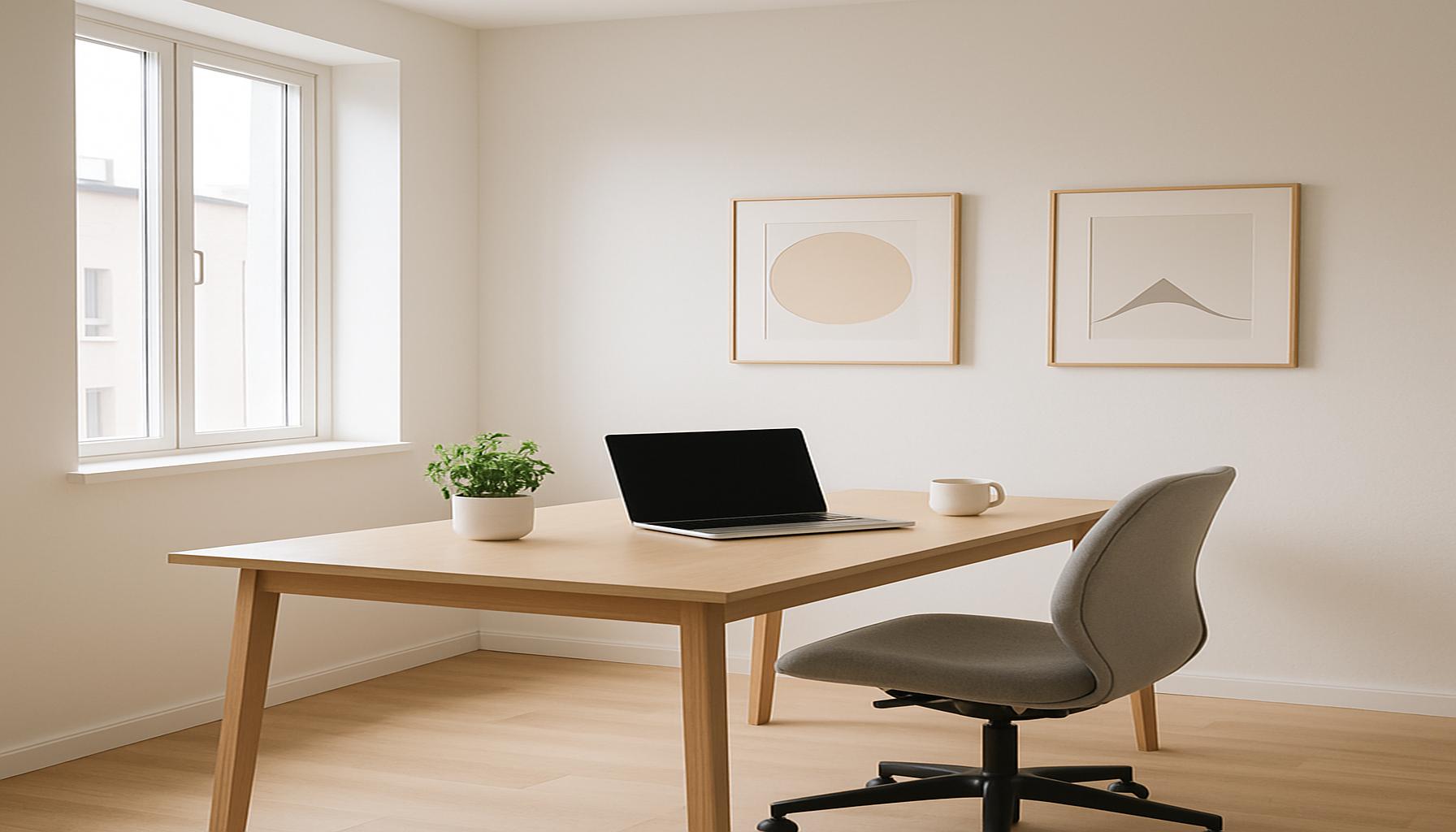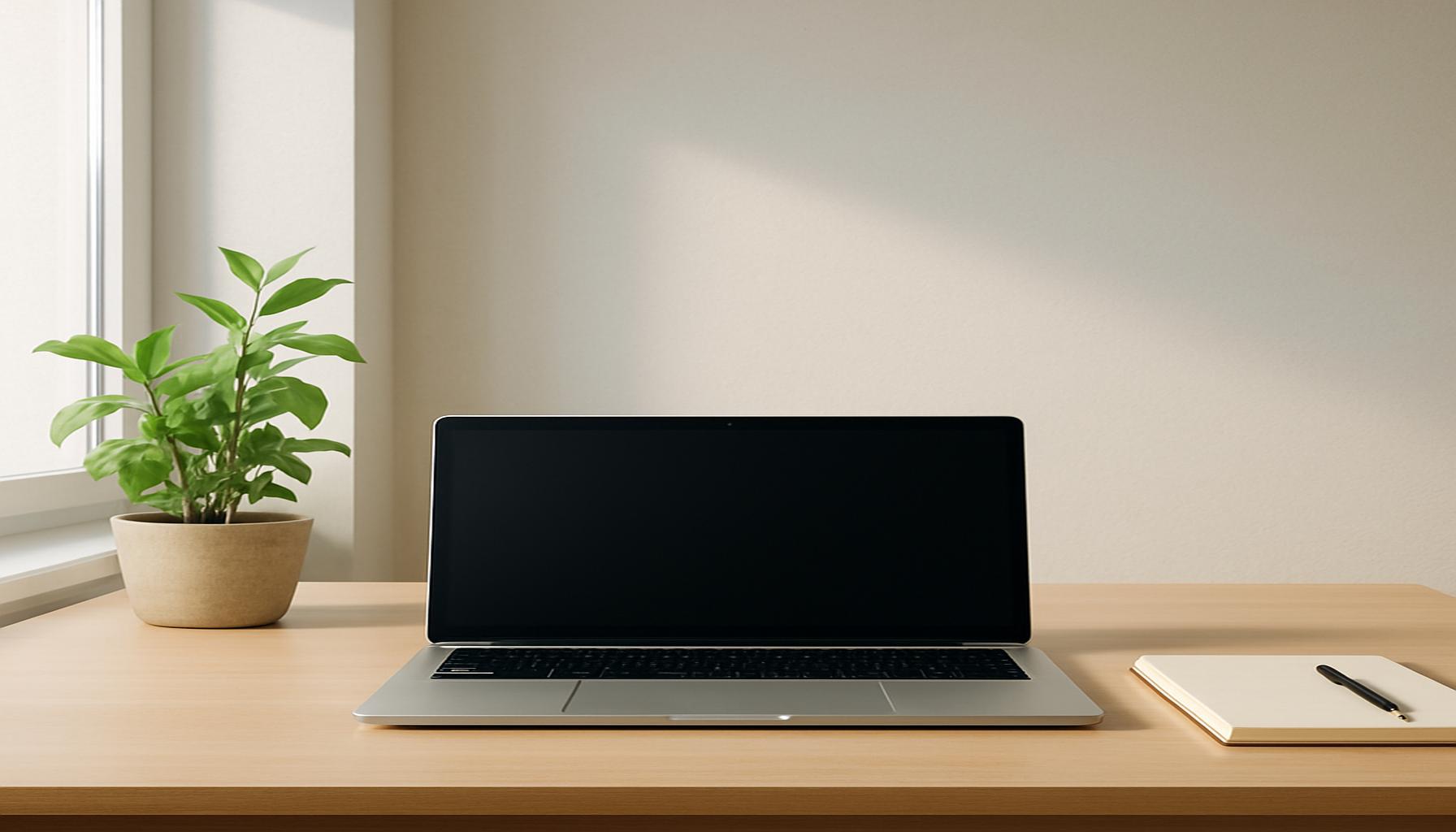How Minimalism Can Increase Your Efficiency at Work
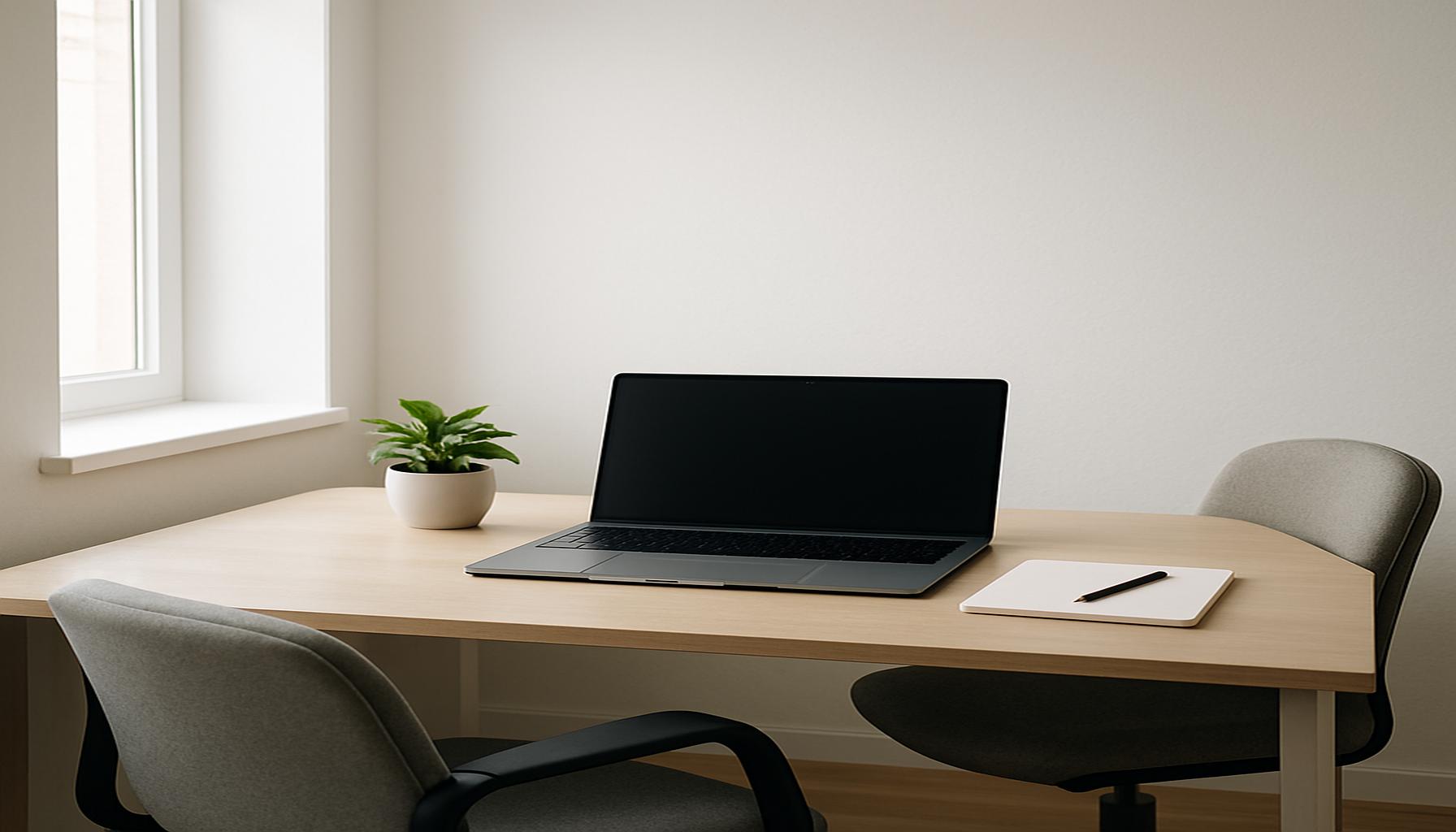
Maximizing Efficiency with Minimalism in the Workplace
In an era defined by constant notifications and information overload, workers are increasingly exploring innovative solutions to regain control over their productivity and well-being. One such solution is minimalism, which advocates for simplicity and intentionality in both physical and digital spaces. By reducing the chaos around us, individuals may find a pathway not only to enhanced efficiency but to a more fulfilling work life.
One of the most fundamental benefits of adopting a minimalist mindset is the creation of a decluttered space. When employees clear their desks of unnecessary items—think stacks of papers, outdated office supplies, or excessive decor—they cultivate an environment that promotes clarity. Research has shown that a tidy workspace can lead to heightened focus, allowing workers to dedicate their attention to the task at hand, whether it’s drafting a report or brainstorming innovative solutions. For example, a study by Princeton University elucidated that physical clutter can disrupt our ability to concentrate, ultimately affecting our performance. A simple approach of organizing and maintaining a clean desk can yield profound outcomes.
Moreover, embracing minimalism encourages streamlined tasks through the prioritization of essential duties. By identifying and concentrating on high-impact tasks, workers can effectively manage their time and energy. Techniques such as the Eisenhower Box or even the Pomodoro Technique can help in breaking down tasks into manageable units, thereby preventing the overwhelming feelings often associated with lengthy to-do lists. This focus on prioritization ensures that employees remain aware of what truly drives value, ensuring that their efforts align with broader organizational goals.
Another compelling advantage of minimalism is its capacity to foster a reduced stress environment. Clarity in one’s workspace promotes a serene mental state, allowing for more thoughtful decision-making. A clutter-free desk can serve as a visual reminder to bring order to one’s thoughts, making it easier to navigate complex projects. Anecdotal evidence from professionals who have integrated minimalistic strategies often cites not only improved task completion rates but also a significant decrease in workplace anxiety.
Significantly, minimalism isn’t simply about decluttering physical spaces; it also extends to digital realms. Techniques such as organizing email inboxes, utilizing productivity apps, and limiting notifications can further cultivate a streamlined approach to work. These establishments of boundaries foster an atmosphere where creativity can flourish and distraction is minimized. Adopting digital tools designed for collaboration, like Asana or Trello, can also help in neatly organizing projects while eliminating confusion and miscommunication among team members.
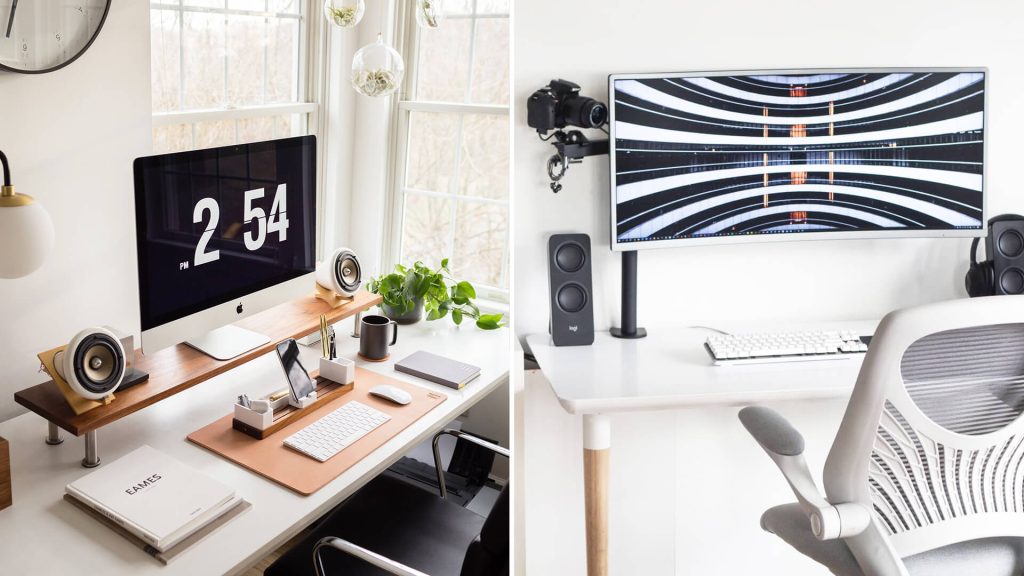
Curious about how you might integrate these principles into your daily routine? Implementing minimalism in the workplace is a gradual process that can begin with small steps, such as designating a few minutes each day to organize your workspace or selectively reducing digital clutter. As you begin to notice the benefits of these changes, you might find yourself inspired to delve deeper into the world of minimalism. This philosophy not only offers a practical means of improving productivity but also invites individuals to reflect on their values and what truly matters in their professional lives.
DIVE DEEPER: Click here to simplify your life
Creating a Clarity-Driven Environment
One of the cornerstone concepts in minimalism is the idea that a clear environment enhances mental clarity and focus. A cluttered workspace often mirrors a cluttered mind, leading to distractions and diminished productivity. This connection between physical space and cognitive function is not merely anecdotal; research supports the notion that our surroundings significantly influence our ability to concentrate. A clean and organized workspace allows employees to shift their focus toward the most important tasks instead of getting sidetracked by unnecessary visual stimuli.
To initiate an effective minimalism strategy in the workplace, consider these practical steps:
- Evaluate your physical workspace: Begin by assessing your desk and surrounding area. Remove items that you don’t use regularly or that serve no meaningful purpose, which can help to significantly reduce noise.
- Establish a system for organization: Invest in storage solutions like filing cabinets or desktop organizers to keep essential documents in order, making them easily accessible when needed.
- Limit personal items: While it’s nice to personalize your space, too many personal effects can become overwhelming. Keep only a few meaningful items to maintain a balance.
- Regular maintenance: Incorporate a routine for tidying your workspace—perhaps setting aside time at the end of each day or week to declutter. Staying ahead of the chaos will help preserve that serene environment.
As you reduce physical clutter, consider extending this practice to your digital workspace. Digital minimalism can significantly impact efficiency by streamlining access to vital information and task management. For instance, do you find yourself sifting through countless emails to locate important communications? Taking deliberate steps to declutter your digital life can free up mental bandwidth, enabling you to focus more effectively on your work.
Implementing a structured approach to email management—such as utilizing folders, employing filters, and scheduling specific times to check communications—can help foster this digital clarity. Apps like Slack, Microsoft Teams, and others also promote organized communication, allowing for efficient collaboration without falling prey to the endless stream of notifications that can easily overwhelm even the most organized professional.
It’s not just about creating a pleasant work environment, either; the cumulative effects of decluttering both physical and digital spaces can result in noticeable improvements in performance and satisfaction at work. By prioritizing a minimalist approach, you may discover newfound energy and motivation, leading to a focus that drives productivity, creativity, and successful outcomes.
Ultimately, the journey of minimizing can serve as a catalyst for personal development, allowing for deeper reflections on professional values. As minimalism invites us to focus on what truly matters, it also unveils opportunities for greater engagement, responsibility, and satisfaction in our daily tasks. The potential to foster a positive workplace culture rooted in clarity and intention makes embracing minimalism a compelling choice for anyone looking to increase efficiency in their professional life.
| Advantage | Details |
|---|---|
| Reduced Distractions | A minimalist workspace eliminates clutter, allowing for greater focus on tasks at hand, ultimately leading to enhanced productivity. |
| Clear Prioritization | Employing minimalism encourages you to prioritize only essential tasks, reducing overwhelm and fostering efficiency in completing necessary work. |
Minimalism in the workplace is about more than just aesthetics; it cultivates an environment where clarity thrives. By committing to decluttering both your physical space and your to-do list, you can unlock a productivity level that may have previously seemed unattainable. The absence of visual noise not only promotes concentration but also positively influences your mental health and reduces stress levels.Additionally, minimalism encourages you to reflect on what truly matters in your daily tasks. By honing in on priorities, you can allocate your energy toward high-impact activities that drive results, leading to greater satisfaction and achievement at work. This effective approach transforms how you engage with projects and responsibilities, paving the way for a more streamlined workflow. As you explore the principles of minimalism, consider how adopting these strategies can reshape your professional environment for the better, enhancing your overall efficiency and effectiveness in accomplishing work goals.
DIVE DEEPER: Click here to uncover the secrets of intentional living
Enhancing Focus Through Simplified Processes
The principles of minimalism extend beyond our physical workspace; they play a significant role in simplifying our work processes as well. By removing distractions and unnecessary steps, professionals can streamline their workflow, allowing them to dedicate their energy to essential tasks. Adopting a minimalist attitude toward processes not only reduces time wastage but also cultivates a culture of efficiency within teams.
One effective way to achieve simplicity in processes is through task prioritization. Tools like the Eisenhower Matrix can help individuals categorize their responsibilities into four quadrants based on urgency and importance. This method encourages employees to focus on high-impact tasks that further their personal goals and align with organizational objectives. As a result, minimalism promotes not merely productivity but purposeful engagement in work, driving a deeper commitment towards outcomes.
Moreover, streamlining communication is vital to boost efficiency in a minimalist workplace. In a fast-paced corporate environment, miscommunication can have cascading effects, leading to wasted resources and time. By adopting concise communication strategies—such as implementing short daily stand-ups or utilizing project management tools that centralize information—employees can eliminate redundant conversations and unnecessary emails. This clarity fosters collaboration and ensures everyone is aligned, ultimately leaving more room for creativity and innovation.
In addition to prioritization and improved communication, embracing automation represents a key facet of process minimalism. Many organizations can benefit significantly from automating time-consuming and repetitive tasks. Whether it’s data entry, report generation, or customer follow-ups, automation tools such as Zapier or Asana can help alleviate the burden on staff. By automating mundane activities, employees can focus on higher-value work that demands critical thinking and creativity, two aspects often overlooked in a cluttered workflow.
The philosophy of minimalism also encourages professionals to embrace the 80/20 rule, also known as the Pareto Principle. This principle suggests that 80% of results are achieved from 20% of efforts. For employees, this means identifying the tasks and activities that yield the highest return on investment. By doing so, individuals can allocate their energy more wisely, dedicating less time to low-impact activities that often fill the workday but contribute little towards overall objectives.
Furthermore, the minimalist mindset invites the exploration of fewer, high-quality tools rather than an array of mediocre ones. While technology offers a plethora of software options, employing a few well-chosen and versatile tools can significantly enhance efficiency. Opting for software platforms that integrate various functions—such as communication, task management, and data storage—can help minimize the mental load that comes with using multiple, disparate applications.
As organizations increasingly recognize the benefits of a modern, minimalist approach, encouraging a culture of experimentation is essential. By promoting iterative processes and embracing feedback, employees can continuously refine their workflows in a manner that aligns with minimalist practices—a clear testament that less can indeed be more. What’s more, embracing minimalist principles in process management can cultivate a workspace characterized by efficiency, creativity, and meaningful contributions, ultimately leading to a rewarding professional experience that reflects the heart of minimalism.
DISCOVER MORE: Click here to enhance your routine
Conclusion
In a world increasingly burdened by distractions, the adoption of minimalism at work emerges as a transformative strategy for enhancing efficiency and productivity. By stripping away the unnecessary, professionals can unlock their true potential, channeling their focus on what genuinely matters—high-quality outcomes and effective collaboration.
As explored throughout this article, embracing minimalism is not solely about maintaining a clutter-free desk; it also encompasses streamlined processes, prioritized tasks, and intentional communication methods. These strategies, reinforced by tools like the Eisenhower Matrix and automation software, create a work environment ripe for innovation and creativity. In a minimalist framework, each element—from the tools we utilize to the tasks we prioritize—serves a clear and purposeful role in achieving our objectives.
Moreover, the embrace of principles such as the 80/20 rule empowers individuals to allocate their expertise where it matters most, ensuring that time and resources are harnessed effectively. As organizations pivot towards this modern approach, fostering an experimental culture becomes imperative. Encouraging feedback and iterative refinement allows for continuous improvement, turning minimalism from a mere concept into a dynamic practice that yields tangible results.
In summary, minimalism offers a pathway to not only boost efficiency but also enrich the professional experience itself. As we embrace the mantra of “less is more,” we uncover new avenues for engagement, creativity, and fulfillment at work. It’s time to consider how a minimalistic mindset can pave the way to a more focused and effective professional landscape, inviting all to participate in this exciting transformation.
